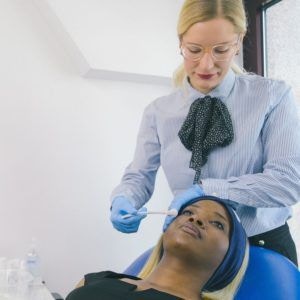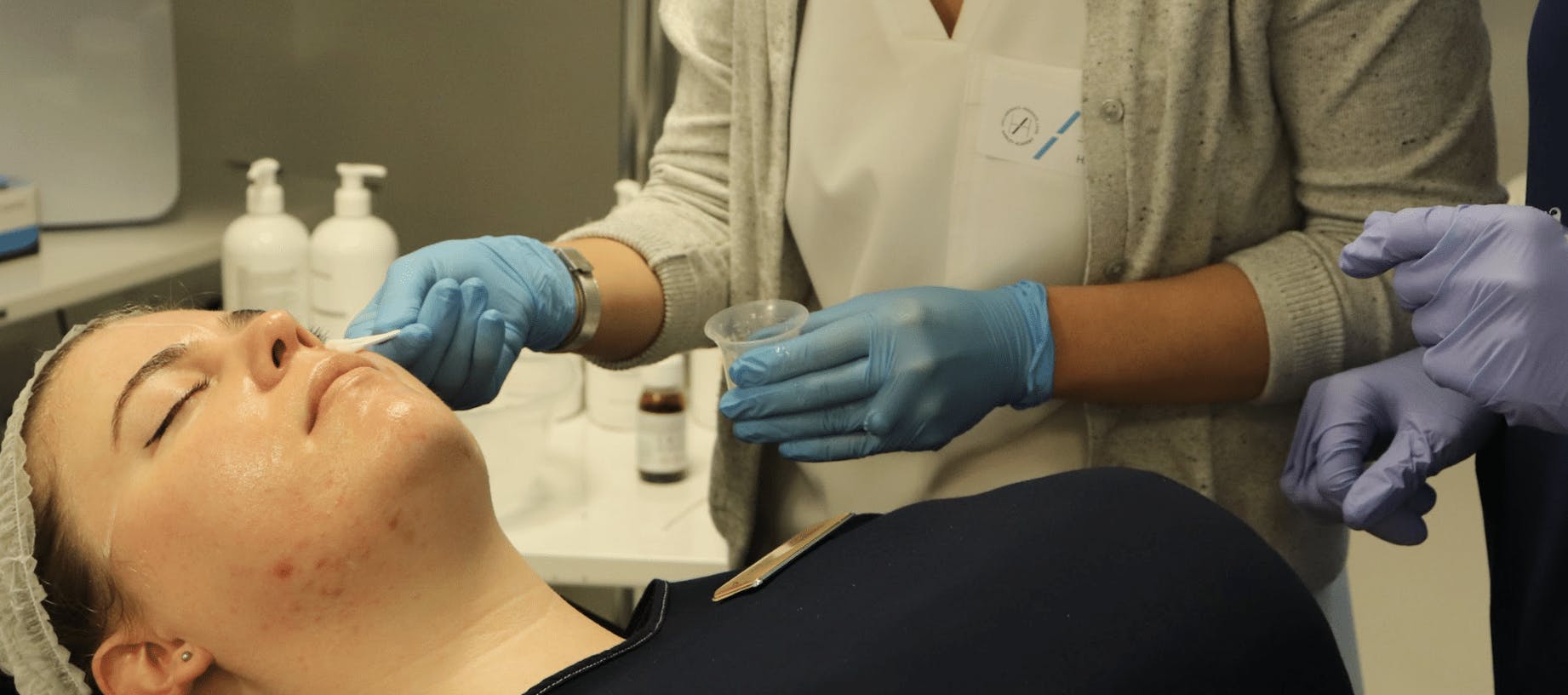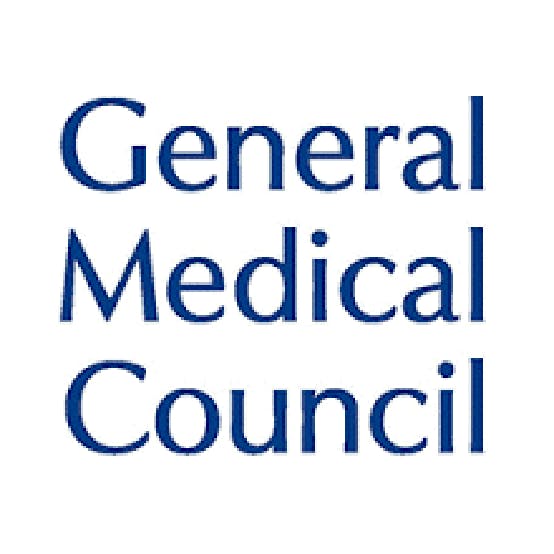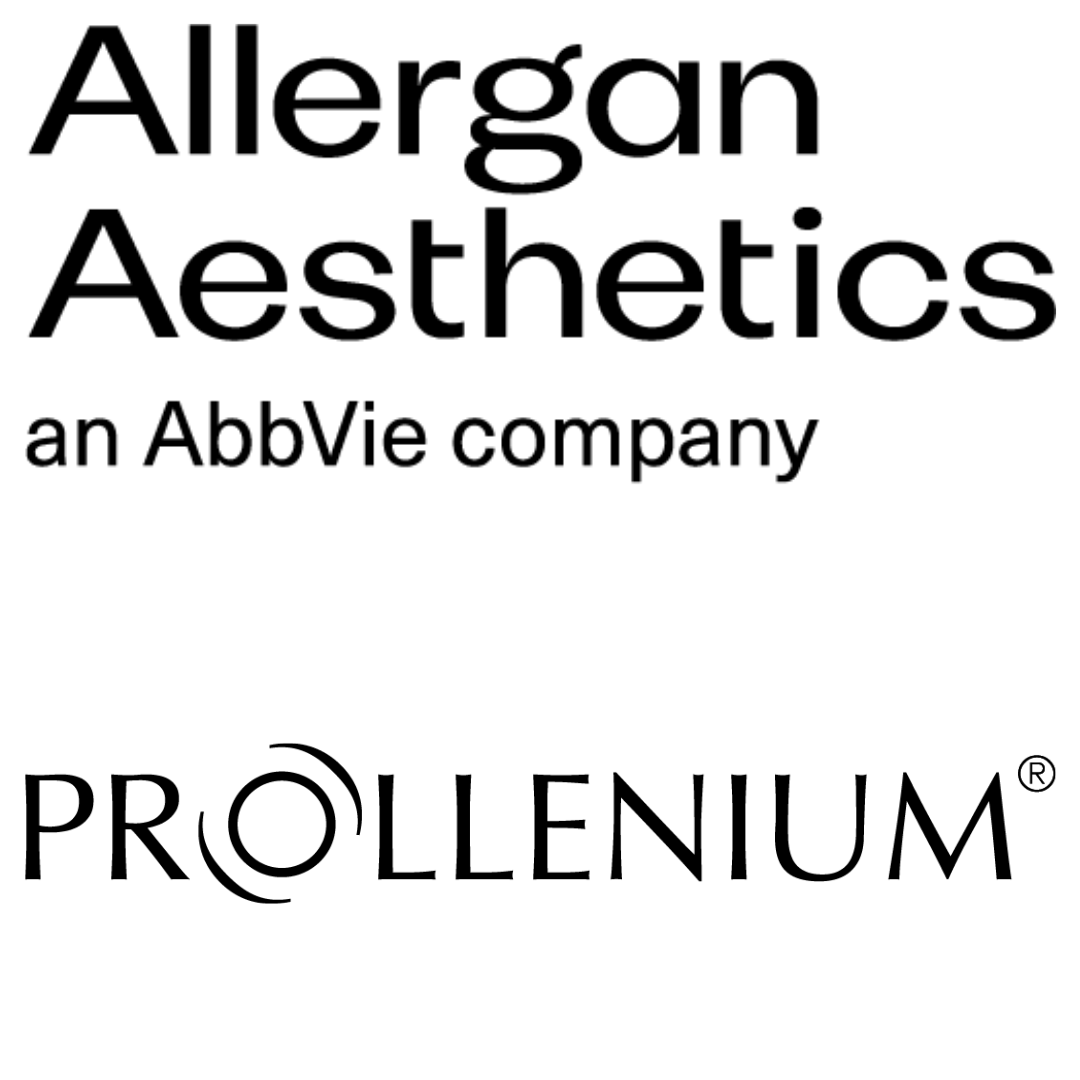3 Tips For Superb Results From Chemical Peels

Our comprehensive new Cosmetic Dermatology Course – assists medical aesthetics practitioners in broadening their knowledge of skin science. It’s specially designed to improve your clinical skills in a range of cosmetic skin treatments.
We wanted an expert view on the part chemical peels play for injectors offering a “skin first” approach. A such, we spoke to Maja Swierczynska, MSc Cosmetology, lead aesthetician and skin specialist at Harley Academy, The Academy Clinic and STORY clinics.
Here she provides an overview of the role and value of chemical peels in aesthetic medicine…

The history of skin peels
The history of skin peeling is as old as human civilisation; Cleopatra’s bath of asses’ milk was certainly an astute form of chemical peeling. Sour milk contains lactic acid which is an effective natural exfoliant.
For centuries we’ve known that chemo-exfoliation – also called chemical peeling – is a skin rejuvenating treatment. It damages the skin in a controlled fashion to activate its natural repair system. The resultant healing leads to an improvement in skin structure and appearance. This means that chemical peels – also known as skin peels – are one of the most popular aesthetics treatments used today.
What do chemical peels do?
Chemical peels are ideal for concerns such as fine lines, photodamage, wrinkles, acne and pigmentation. Skin peels also combine well with injectables – toxins and dermal fillers – to offer an holistic treatment regime.
These peels are categorised according to the depth that they penetrate into the skin: superficial, medium and deep skin peels. Deeper penetration results in greater dermal rejuvenation.
Expert tips to deliver the perfect chemical peel
1. Consultation/skin assessment and treatment plan
Every patient should have a thorough consultation and skin analysis before treatment. Aesthetic practitioners need to fully understand each patient’s primary skin concerns and what they hope to achieve from their treatment.
A consultation should also discover the patients habits and work commitments. This is to ensure that the selected peel fits with their lifestyle. Other considerations include skin characteristics, area(s) to be treated, safety issues, healing time, and patient adherence to guidance. These should also be taken into account for the best overall results.
2. Education and knowledge
The key to determining the best skin peel treatment for each client is two-fold. First, there needs to be an effective consultation. Second, you need to have complete mastery of the different ingredients and types of peels. This means understanding their mechanisms, the effect that they have on the skin during and post treatment, and exactly how to administer them.
Depth is not the only factor that determines the outcome; composition of the peel solution and the individual ingredients play a big role too. So, using a ‘one peel fits all’ approach is not enough.
Having confidence in using a range of peel types allows you to create a personalised treatment plan to meet the skin type and concerns of each patient. This is why our Chemical Peels Workshop teaches you multiple types of chemical peels.
3. Post-peel care and maintenance
All aesthetics practitioners need to be confident that patients have realistic expectations and a good understanding that maintaining the benefits of a chemical peel will require repeat procedures.
In addition, a patient may need to change their skincare regime and introduce active ingredients to support their successful outcomes. These may include options such as retinoids or acid based creams. Any chemical peel must be managed carefully to minimise the potential for side effects.
Good aftercare advice is a key component to a well-thought-out treatment plan, too.
If you’d like to offer your patients the best possible range of skin treatments, the Harley Academy Cosmetic Dermatology Course provides the ideal basis for providing confident consultation, treatment and aftercare.
Article last fact-checked: 11 January 2023











